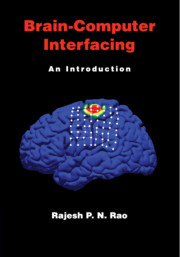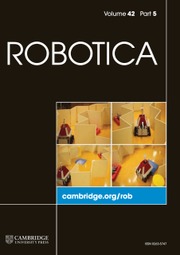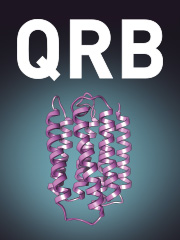Brain-Computer Interfacing
The idea of interfacing minds with machines has long captured the human imagination. Recent advances in neuroscience and engineering are making this a reality, opening the door to restoring and potentially augmenting human physical and mental capabilities. Medical applications such as cochlear implants for the deaf and deep brain stimulation for Parkinson’s disease are becoming increasingly commonplace. Brain- computer interfaces (BCIs) (also known as brain- machine interfaces or BMIs) are now being explored in applications as diverse as security, lie detection, alertness monitoring, telepresence, gaming, education, art, and human augmentation.
This introduction to the field is designed as a textbook for upper- level undergraduate and first year graduate courses in neural engineering or brain- computer interfacing for students from a wide range of disciplines. It can also be used for self- study and as a reference by neuroscientists, computer scientists, engineers, and medical practitioners. Key features include: Essential background in neuroscience, brain recording and stimulation technologies, signal processing, and machine learning.
<ul>
<li>Detailed description of the major types of BCIs in animals and humans, including invasive, semi-invasive, noninvasive, stimulating, and bidirectional BCIs</li>
<li>In-depth discussion of BCI applications and BCI ethics</li>
<li>Questions and exercises in each chapter</li>
<li>Supporting Web site with annotated list of book- related links</li>
</ul>
- The first single-author introductory textbook on brain-computer interfacing
- No background is assumed in neuroscience, computing or engineering
- Provides exhaustive coverage, including review questions, an extensive bibliography and an index
Reviews & endorsements
"Rajesh Rao has written the perfect introduction to the exciting world of brain-computer interfaces. The book is remarkably comprehensive – not only including full descriptions of classic and current experiments but also covering essential background concepts, from the brain to Bayes and back. Brain-Computer Interfacing will be welcomed by a wide range of intelligent readers interested in understanding the first steps toward the symbiotic merger of brains and computers."
Eberhard E. Fetz, Professor of Physiology and Biophysics, University of Washington
"Brain-computer interfacing is one of the fastest growing areas of neuroengineering and Rajesh Rao has written the go-to book for anyone who wants an introduction and a clear overview of the field. The book includes questions and exercises at the end of each chapter to help students master the material and a mathematical appendix to make the technical aspects more accessible to all."
Terrence Sejnowski, Howard Hughes Medical Institute Investigator and Francis Crick Professor at the Salk Institute
Product details
June 2019Paperback
9781108708012
335 pages
254 × 178 × 18 mm
0.85kg
130 b/w illus. 16 colour illus. 3 tables 179 exercises
Available
Table of Contents
- 1. Introduction
- Part I. Background:
- 2. Basic neuroscience
- 3. Recording and stimulating the brain
- 4. Signal processing
- 5. Machine learning
- Part II. Putting it All Together:
- 6. Building a BCI
- Part III. Major Types of BCIs:
- 7. Invasive BCIs
- 8. Semi-invasive BCIs
- 9. Non-invasive BCIs
- 10. BCIs that stimulate
- 11. Bidirectional and recurrent BCIs
- Part IV. Applications and Ethics:
- 12. Applications of BCIs
- 13. Ethics of brain-computer interfacing
- 14. Conclusion
- Bibliography
- Index.






